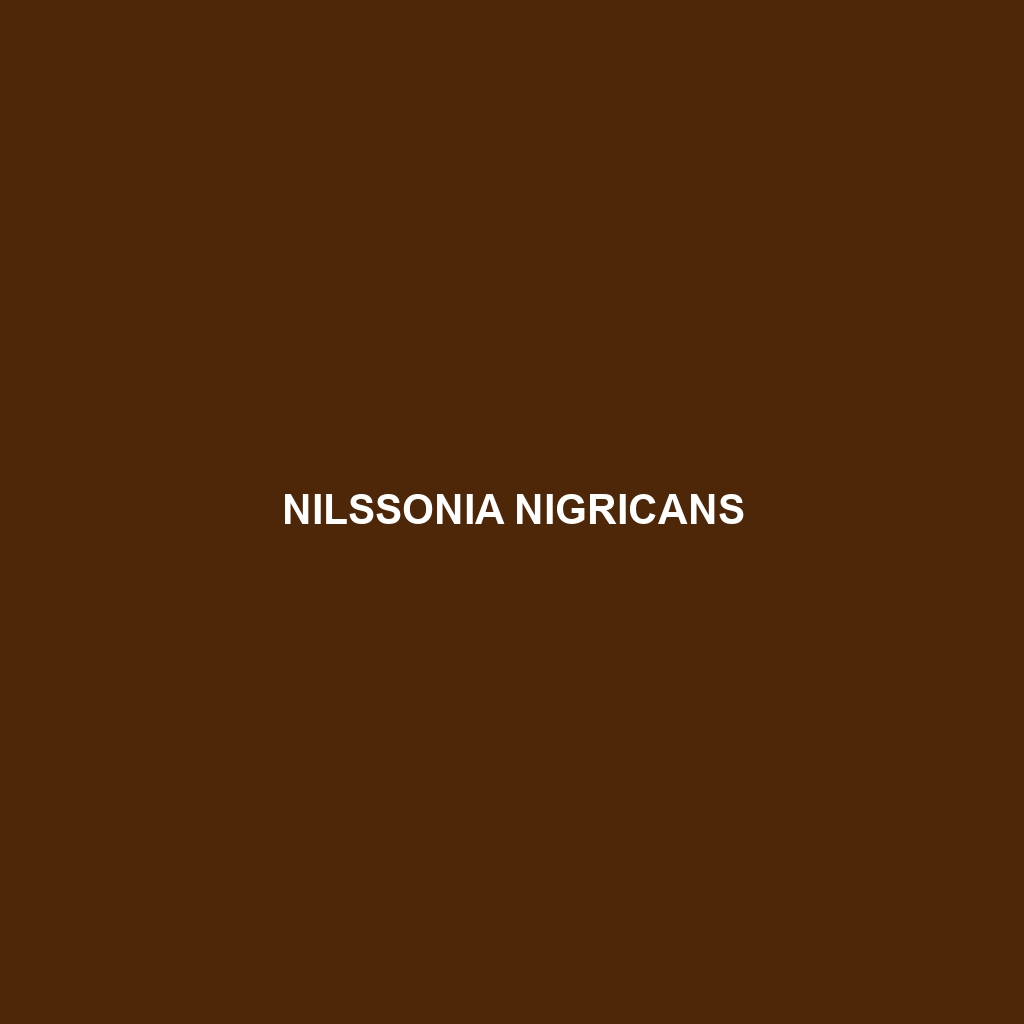Common Name
Nilssonia nigricans
Scientific Name
Nilssonia nigricans
Habitat
Nilssonia nigricans, commonly known as the black softshell turtle, primarily inhabits freshwater environments. Its geographic distribution includes parts of South and Southeast Asia, specifically denser regions such as India, Bangladesh, and Myanmar. This species has a strong affinity for slow-moving rivers, ponds, and marshes, thriving in moderate climates that provide ample cover and gentle water flow. The preference for habitats surrounded by lush vegetation enhances its survival, as these environments are conducive to both resting and basking behaviors. Moreover, the turtle adapts well to temperate forests and riverbanks that can become inundated during the rainy season, allowing for a complex interplay of aquatic and terrestrial life.
Physical Characteristics
The Nilssonia nigricans showcases several notable physical traits that make it distinct among turtle species. Adult turtles can reach lengths of up to 45 cm (approximately 18 inches) with a flattened, oval-shaped carapace that aids in streamlined movement through the water. The shell is typically gray to dark brown, often displaying a smooth texture that enhances camouflage. One of the unique features of this turtle is its soft, leathery skin as opposed to a hard shell that is common in many other turtle species. Nilssonia nigricans also possesses a long neck and elongated limbs equipped with webbed feet, optimizing its swimming capabilities. Their subtle coloration and soft shell provide effective protection against predators while allowing it to blend seamlessly into its underwater habitats.
Behavior
Nilssonia nigricans exhibits a range of fascinating behaviors that intrigue researchers and nature enthusiasts alike. Primarily diurnal, these turtles are most active during the day, often seen basking on riverbanks to regulate their body temperature. They are known to engage in local and seasonal migrations in search of food and suitable nesting sites. Socially, these turtles can sometimes be observed basking in groups, showcasing a level of social interaction. During the mating season, which occurs in the warmer months, males display courtship behaviors that include swimming alongside females and performing intricate movements. Their strong swimming ability facilitates both social interaction and foraging for food across varying aquatic environments. Notably, the turtles have developed a unique ability to breathe through their skin while submerged, allowing them to remain underwater for extended periods.
Diet
The diet of Nilssonia nigricans is primarily carnivorous, making them essential predators within their ecosystem. They are opportunistic feeders, preying on a variety of aquatic organisms including fish, crustaceans, and insects. In addition to animal-based diets, these turtles are also known to consume plant matter such as algae and aquatic vegetation, making them somewhat omnivorous. Their feeding patterns are characterized by foraging behaviors that align with seasonal availability, aided by their keen eyesight and acute sense of smell to locate food. This dietary versatility allows Nilssonia nigricans to adapt to changes in resource availability, a vital trait in ever-changing aquatic environments.
Reproduction
The reproductive cycle of Nilssonia nigricans typically occurs during the warmer months, coinciding with their increased activity levels. Females generally reach sexual maturity at around 5-7 years of age. Nesting usually happens near the water’s edge, with females laying clutches of up to 12-20 eggs in sandy or soft soil. The incubation period ranges from 60 to 90 days, depending on environmental conditions such as temperature and humidity. After hatching, the young turtles are left to fend for themselves, exhibiting independent survival strategies from an early age. Parental care is absent, showcasing a common trait among many turtle species. The high mortality rate among hatchlings, due to predation and environmental challenges, emphasizes the need for adaptability in their reproductive strategies.
Conservation Status
The conservation status of Nilssonia nigricans is currently classified as vulnerable by the International Union for Conservation of Nature (IUCN). The primary threats to their population include habitat loss due to urbanization, pollution, and illegal poaching for the pet trade. Additionally, climate change poses new challenges that affect existing habitats, particularly in altering water levels and compositions. Conservation efforts are underway, focusing on habitat protection and educating local communities about the ecological importance of maintaining biodiversity. Such initiatives aim not only to protect this species but also to restore the health of freshwater ecosystems.
Interesting Facts
Nilssonia nigricans possesses several unique adaptations that set it apart from other turtle species. One remarkable feature is its ability to utilize a cloacal respiration system, allowing it to extract oxygen from water while submerged. This physiological adaptation is vital for survival in habitats where surface breathing may expose it to predators. Additionally, the gentle mannerisms and slow movements contribute to their overall charm, making them a subject of interest in herpetology and wildlife conservation. Their striking appearance and mysterious behaviors add to their allure.
